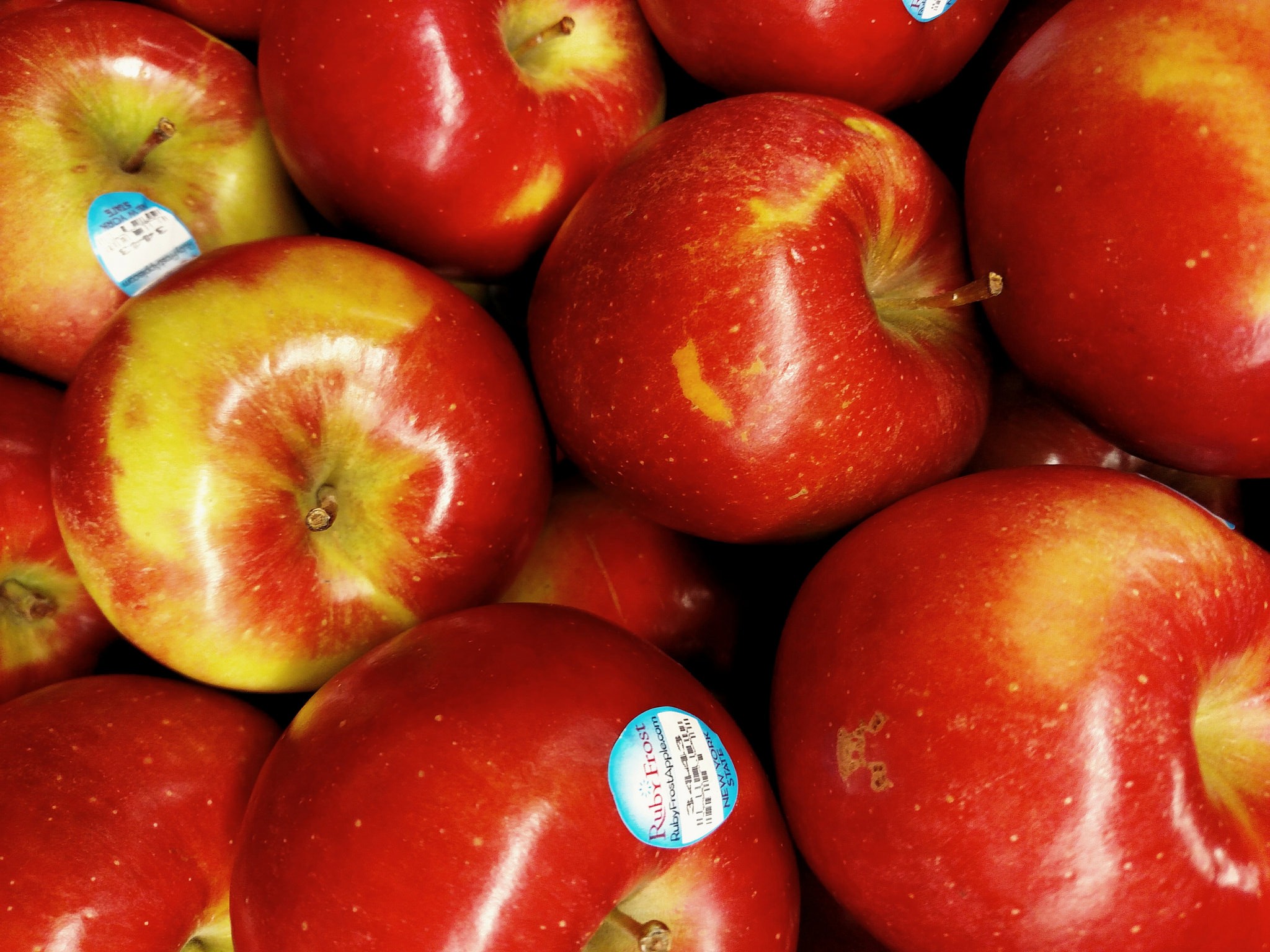UOP Pharmacy School Tuition: Costs & Fees Breakdown

Opening Paragraph
Pursuing a pharmacy degree is a significant investment in your future, but understanding the costs involved is crucial for making informed decisions. The UOP Pharmacy School tuition is a topic of interest for many aspiring pharmacists. This blog breaks down the costs and fees associated with the program, providing a clear overview to help you plan your educational journey. Whether you’re researching pharmacy school expenses or comparing tuition fees, this guide offers valuable insights tailored to your needs.
UOP Pharmacy School Tuition: A Comprehensive Overview

The University of the Pacific (UOP) Pharmacy School is renowned for its rigorous curriculum and career-focused programs. However, the tuition costs can vary depending on factors like residency status, program level, and additional fees. Below, we detail the tuition breakdown to help you understand the financial commitment.
Annual Tuition Fees
For the Doctor of Pharmacy (PharmD) program, the annual tuition for full-time students typically ranges from 45,000 to 50,000. This figure may differ for part-time or international students. It’s essential to check the latest updates from UOP for accurate numbers.
Additional Fees and Expenses
Beyond tuition, students should account for other pharmacy school costs, including:
- Books and Supplies: Approximately 1,500–2,000 per year.
- Housing and Living Expenses: Varies based on location, but estimate 12,000–15,000 annually.
- Technology and Lab Fees: Around 500–1,000 per year.
- Health Insurance: Mandatory for all students, costing 2,000–3,000 annually.
| Expense Category | Estimated Annual Cost |
|---|---|
| Tuition | $45,000–$50,000 |
| Books and Supplies | $1,500–$2,000 |
| Housing and Living | $12,000–$15,000 |
| Technology and Lab Fees | $500–$1,000 |
| Health Insurance | $2,000–$3,000 |

Financial Aid and Scholarships

To offset pharmacy school tuition, UOP offers various financial aid options, including:
- Scholarships: Merit-based awards for academic excellence.
- Grants: Need-based assistance for eligible students.
- Loans: Federal and private loan programs to cover educational expenses.
- Work-Study Programs: Part-time employment opportunities on campus.
📌 Note: Early application for financial aid increases your chances of securing assistance.
Planning Your Budget

Creating a budget is essential for managing pharmacy school expenses. Here’s a checklist to help you get started:
- Calculate Total Costs: Include tuition, fees, and living expenses.
- Explore Financial Aid: Research scholarships, grants, and loans.
- Save Early: Start setting aside funds well in advance.
- Consider Part-Time Work: Balance studies with part-time employment if feasible.
Final Thoughts
The UOP Pharmacy School tuition is a significant investment, but with proper planning and financial aid, it’s an achievable goal. By understanding the costs and fees and exploring available resources, you can make an informed decision about your pharmacy education. Remember, investing in your future as a pharmacist is a step toward a rewarding career.
Related Keywords: pharmacy school tuition, UOP costs, pharmacy school expenses, financial aid for pharmacy school
What is the average annual tuition for UOP Pharmacy School?
+
The average annual tuition for the PharmD program ranges from 45,000 to 50,000, depending on residency status and program specifics.
Are there scholarships available for pharmacy students at UOP?
+
Yes, UOP offers merit-based scholarships, grants, and other financial aid options to help offset tuition costs.
What additional expenses should I expect besides tuition?
+
Additional expenses include books, housing, technology fees, lab fees, and health insurance, totaling around 16,000–21,000 annually.

